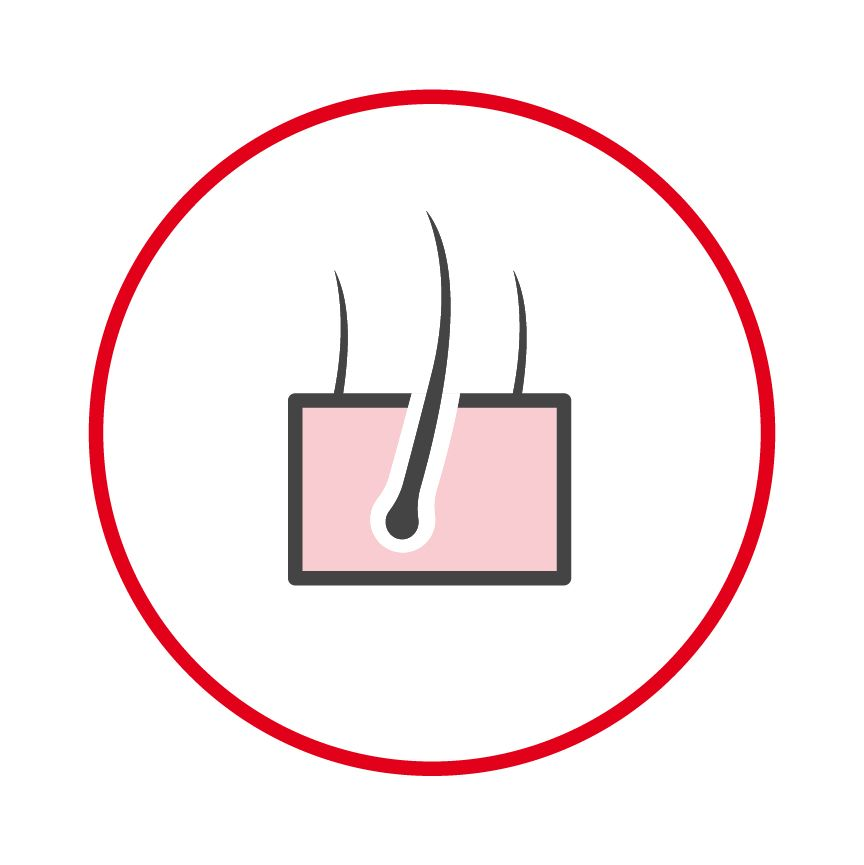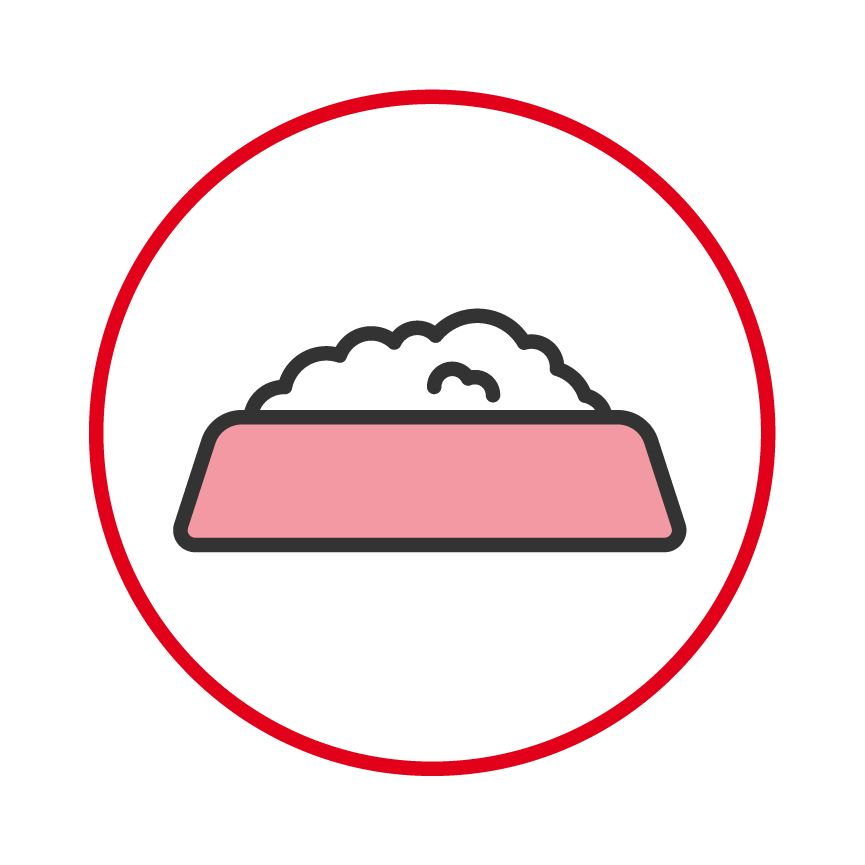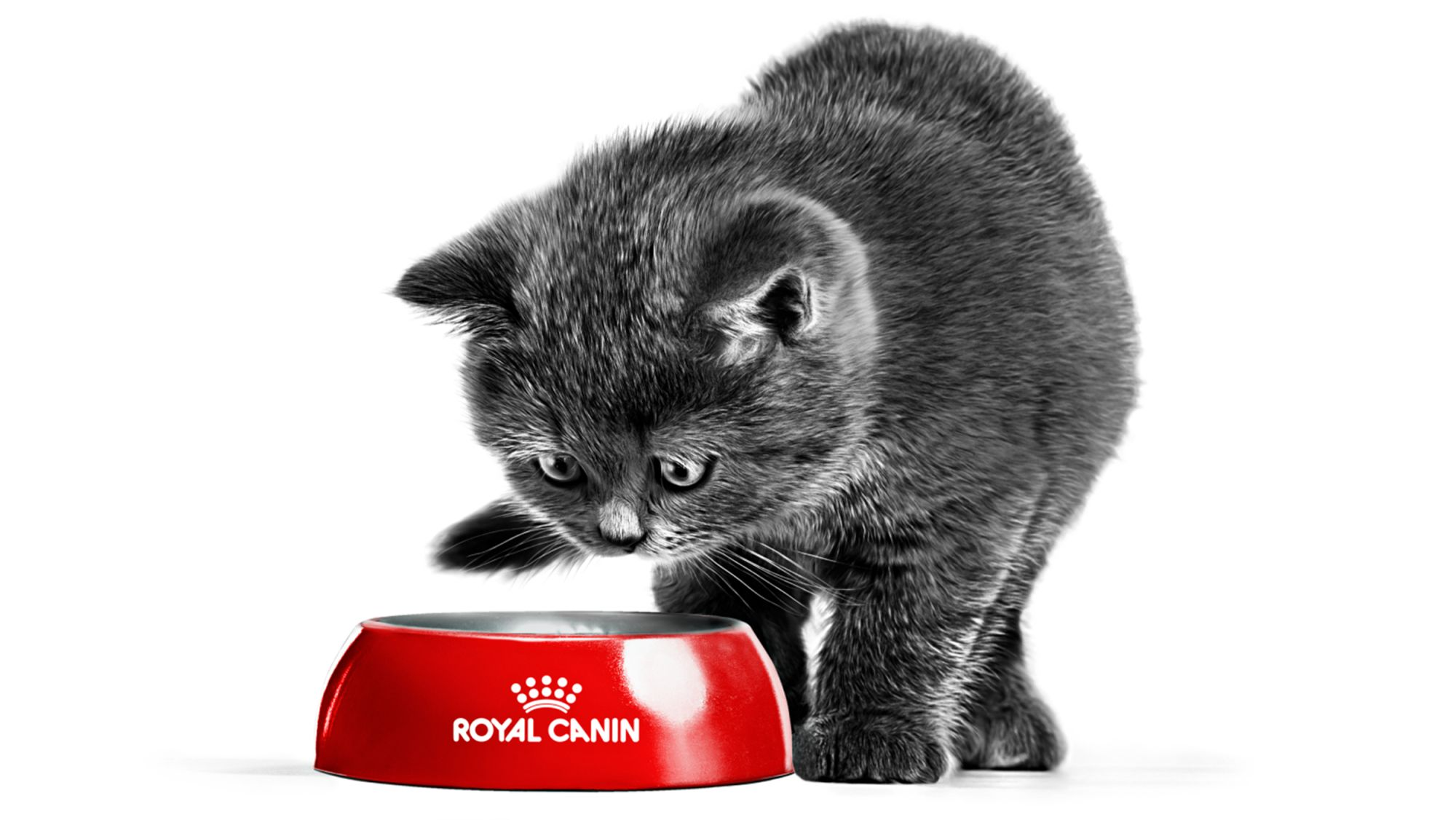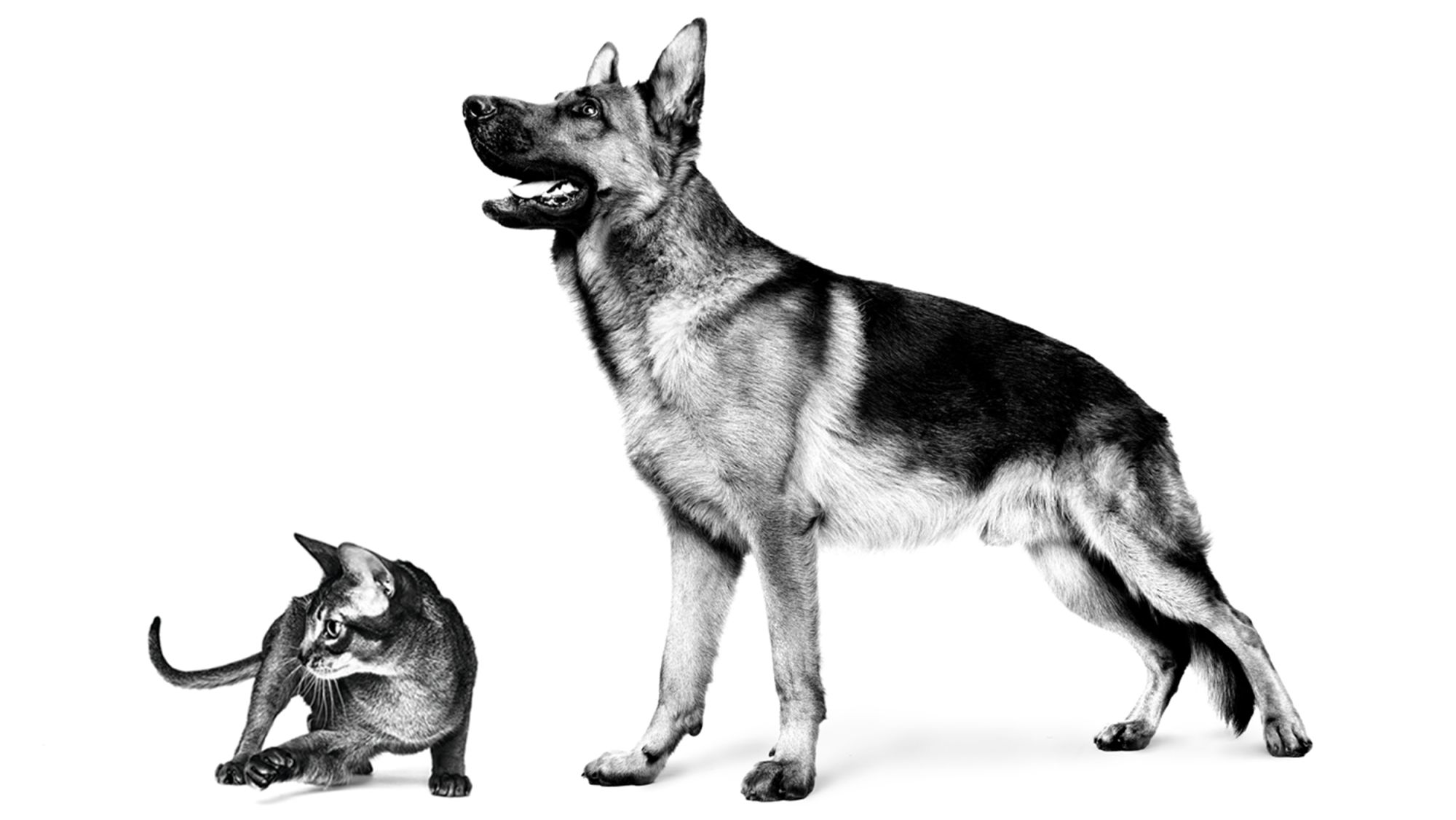Is homemade cat food a healthy choice for my cat?
Article

Some owners may want to consider taking a more active role in their cat’s diet by feeding them homemade food.
Preparing and cooking food for a cat may sound enjoyable and appear to be a way of adding variety or new flavours to their meals. However, the risks of making your own cat food may outweigh any potential benefits, as balancing a cat’s nutritional needs is incredibly complex. In addition, how cats perceive their food is very complicated and relies on far more than simply flavour.
If a vital nutrient is missing, a cat may suffer a deficiency and their health could be impacted. So, it’s important to understand your cat’s individual nutritional requirements and consider the best way to ensure these are met.
Cats are different to humans
Making your own cat food is very different from making human meals. For a start, cats don't require different flavours from their food. While humans have 9,000 taste buds, a cat only has 4751, and these will lose sensitivity as they age. Considering this, tailoring a cat’s food to their ‘tastes’ isn’t what’s important.
Making your own cat food, therefore, must go much further than selecting ingredients that cats may be perceived to like. For a cat, the size, shape, smell, and texture of the food are all key to their acceptance of a new diet, and perfecting this, as well as meeting their precise nutritional profile, can be incredibly complex.
What nutrients does my cat need?
According to the Pet Food Institute, cats need more than 40 essential nutrients every day.2 Although cats are strict carnivores, they require a diet comprised of more than just meat. In fact, they need a wide range of nutrients provided by other sources to stay healthy and to give them energy, including:
- Protein
- Fats
- Carbohydrates
- Vitamins
- Minerals
In nature, wild cats balance these nutritional requirements by eating all parts of their prey, including bones and intestines that containing small amounts of vegetable matter. They may also occasionally eat plants. Domesticated cats, however, need each one of these nutrient groups mixed together in different quantities to provide a complete and balanced diet. Too much of one group or too little of another could have consequences for their health.
Domesticated cats, however, need each one of these nutrient groups mixed together in different quantities to provide a complete and balanced diet. Too much of one group or too little of another could have consequences for their health.
Cats cannot synthesise all of the vitamins, minerals, and essential amino acids they need naturally and have to acquire some of them through their food intake. Taurine, for example, is vital to a cat’s sight and heart and can only be sourced in animal proteins.

Age
Kittens require specific nutrients and minerals to aid growth but usually eat smaller quantities. Older cats may need, amongst other things, additional vitamin E and C supplements and more essential fatty acids to aid flexibility.

Breed
Some breeds will benefit from specific diets that account for their unique body shape, activity level and sensitivities.

Condition
Neutered cats, for example, are typically less active, which affects their daily energy needs.

Condition
Neutered cats, for example, are typically less active, which affects their daily energy needs.

Health
If your cat has an ongoing health condition, it could impact their nutritional requirements or their ability to digest certain nutrients.

Sensitivities
Correct nutrients can support your cat if they have an existing sensitivity like a dull coat, sensitive skin, or a tendency to gain weight.

Weight
Energy content in the food must be calculated to ensure your cat maintains a healthy body weight.
Your vet should be able to provide you with tailored guidance for your cat, but remember, their needs will change over time. Even a health adult cat can experience multiple changes to their nutritional needs due to changes in their activity level or lifestyle.
Can you make your own cat food?
Before considering making your own cat food, you need to be confident that you have the scientific knowledge and skill to provide a complete and balanced diet. Once you have consulted a veterinarian to understand your cat’s nutritional needs, you will have to invest in specialist equipment to produce your cat food. To avoid any bacterial contamination, strict hygiene practices must be maintained at all times.
Caution must also be taken when considering ingredients for homemade cat food. Ingredients that may be considered nutritious for humans can actually be very toxic for cats. Grapes, for example, are well-known sources of Vitamin C and K for humans but are incredibly toxic to cats.
Even safe ingredients for cats can be complicated to include in homemade cat food if you’re not used to making it. Pet owners are likely to find it difficult to balance the right nutrients in the right quantities, and there is a risk of overfeeding or malnutrition if not done correctly.
Cats aren’t like humans
A cat’s nutritional requirements aren’t like a human’s: they need a larger proportion of fat in their diet than we do, and more than twice the amount of protein. The way they perceive, eat, and digest food is very different too.

Cats may also refuse to eat food simply because it is new, they dislike how it smells, or if they’ve previously had difficulty digesting it. In fact, a cat’s digestive system is not well-suited to variation. Their digestive tracts only account for 3% of their body weight compared to 11% in humans. This means food transitions through their bodies faster, and they’re less able to tolerate and digest a variety of foods at the same time without experiencing an upset.
Your cat's daily feeding pattern may also present a challenge when feeding homemade meals. Any fresh cat food has a much shorter shelf life than dry food and can only be put in a feeding bowl for a brief period. If left uneaten for too long, there are hygiene risks to both you and your cat.
Is homemade cat food right for my cat?
Homemade cooked cat food can provide a high-quality diet. However, finding the right balance of nutrients takes skill and time.
In 2013, a study looking at 200 home-prepared diets found that over 95% were deficient in one or more essential nutrients. As we've shown, these deficiencies can have significant consequences for a cat's health.3
While feeding a cat fresh meat may be satisfying, what matters most to your cat is the value of the nutrients they are eating. Your cat depends on you to ensure they are fed a complete and balanced diet, so you need to take care to consider all of their unique nutritional needs before choosing their diets.
You may find that a pre-made, complete, and nutritionally balanced food like Royal Canin is preferable. These foods are carefully prepared to the same hygiene rules as human food and are precisely tailored to suit your cat’s age, breed, health, and lifestyle. They’re often a cheaper and easier alternative to homemade cat food too.

If you’re considering making changes to your cat’s diet, we’d suggest first speaking to your vet to ensure you are able to safely meet their unique needs.
1 The Cat Encyclopaedia, 2017, Royal Canin, p254
2 https://www.petfoodinstitute.org/pet-food-matters/ingredients/all-about-function/
3 Stockman J, Fascetti AJ, Kass PH, et al. (2013) Evaluation of recipes of home- prepared maintenance diets for dogs. J Am Vet Med Assoc 2013; 242:1500-1505

Royal Canin’s approach to nutrition
Browse our product ranges
Like & share this page